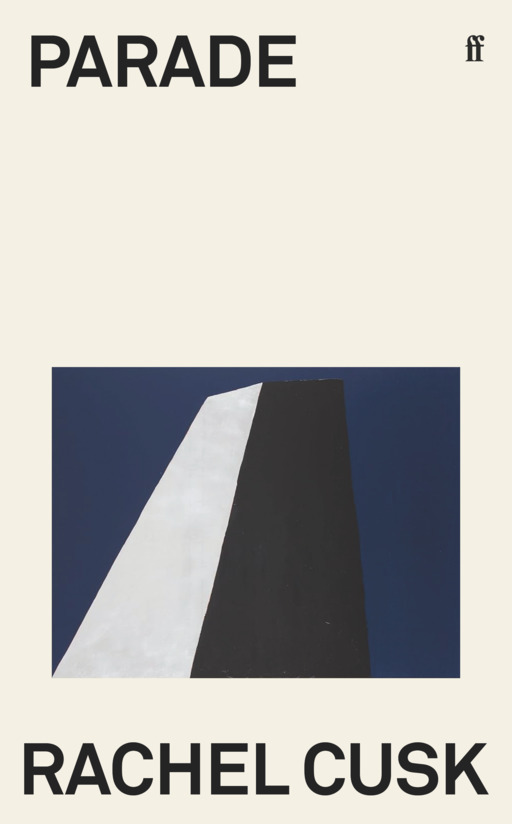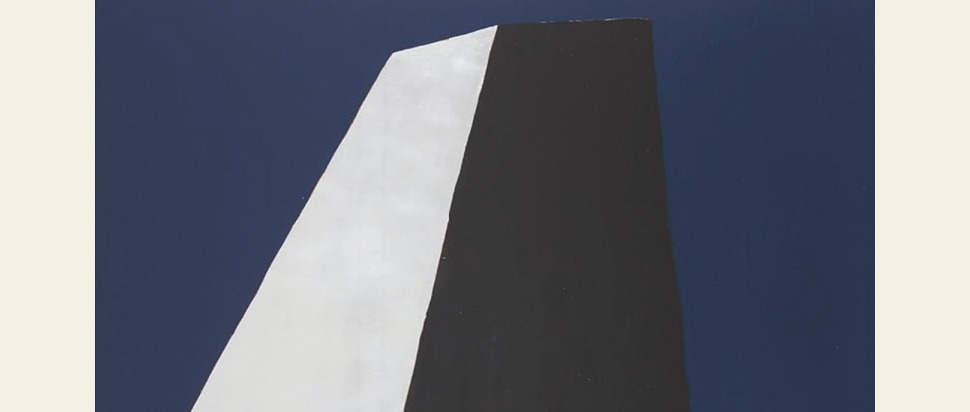Parade by Rachel Cusk
In Parade, Rachel Cusk takes a direct, disorienting look at the patriarchal dynamics hidden within traditional families and relationships
Rachel Cusk’s latest novel is filled with the direct, clean prose that readers returning to her work will find familiar. She writes with a clarity which feels unusual and initially disorienting; in Parade there are at least four artists named only ‘G’ and their associated network of characters never named. This elision leaves a slipstream into which the reader falls, relying on context and the elevated attention to characterisation Cusk employs to locate ourselves within the text.
Confusing perhaps, and yet Cusk captures the visceral imagination succinctly. Grounded in the concrete world, she uses this clarity to traverse the interior landscapes of her characters, each picked to follow for a while as a glance might land on something and linger. Looking, or rather perception, is a core preoccupation of the novel, exploring as it does what constitutes the real and the reality of perception. It flicks back and forth between characters; a couple that rarely breaks from the unit of ‘we’ becomes ‘I’ during a moment of violence perpetrated against the woman, leaving us with the subjectivity of violence and expanding into all of the unseen violence of motherhood.
Perhaps all that is missing in this survey of nuclear family and romantic relationships is queerness, the only queer character a brother in the far distance. Cusk is critiquing the patriarchal dynamics hidden within the traditional family and so it follows there are no queers, yet their presence feels conspicuous and missed.

